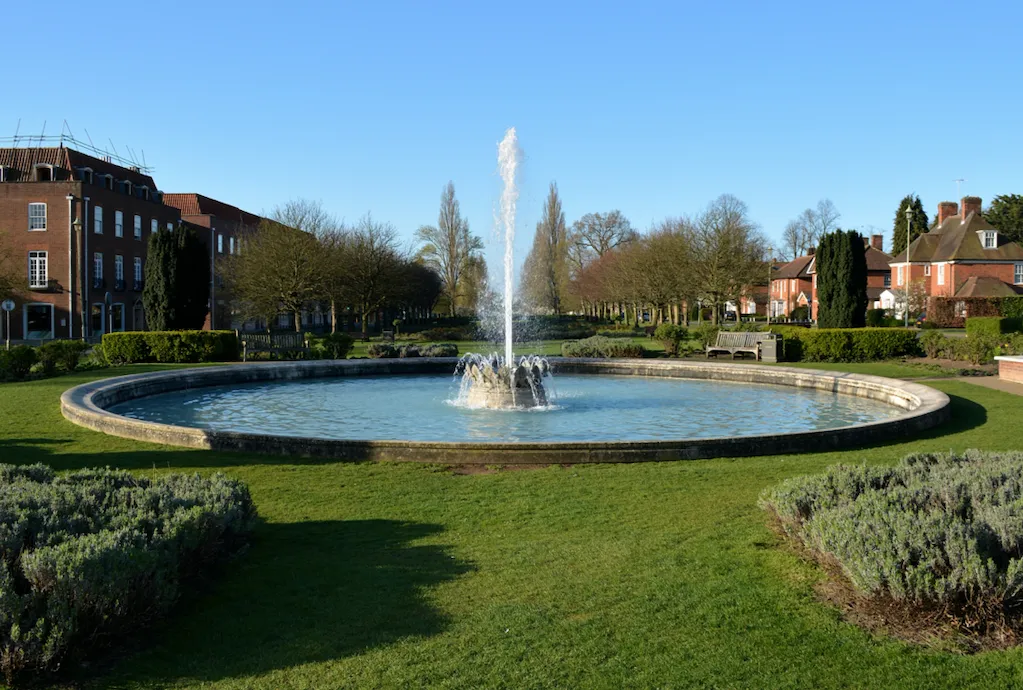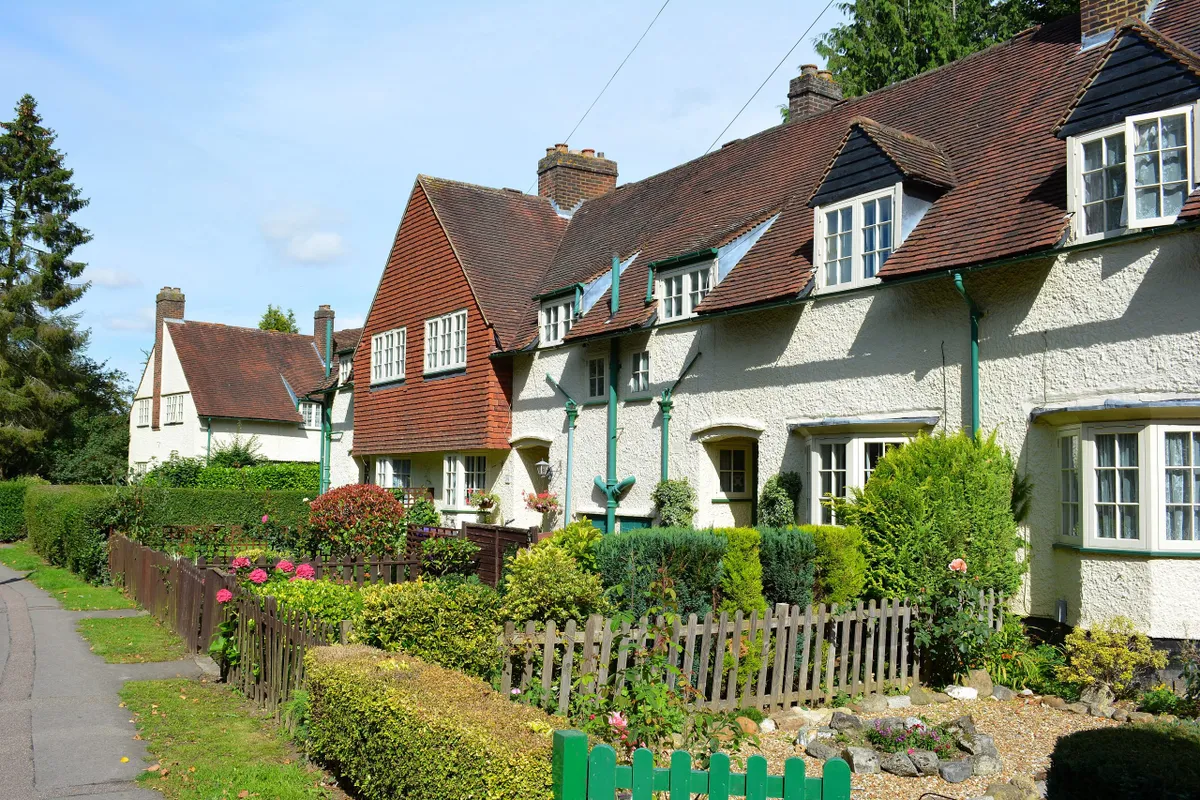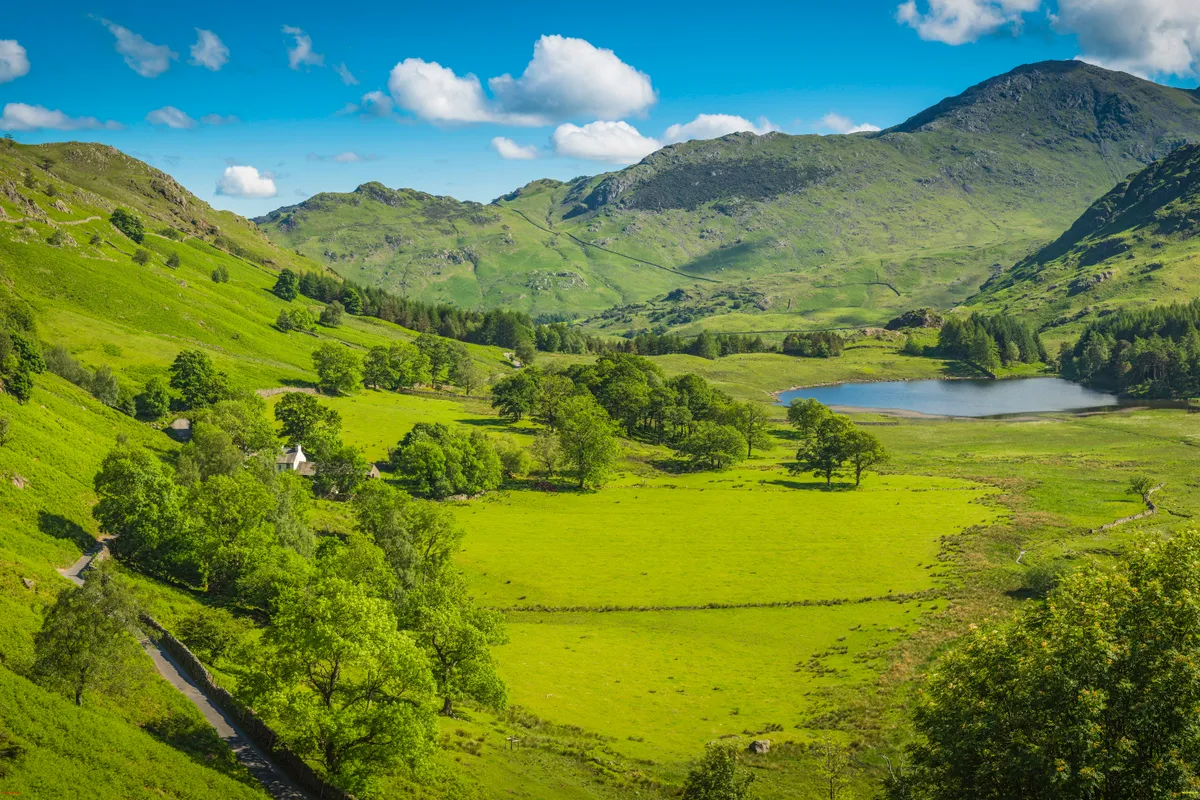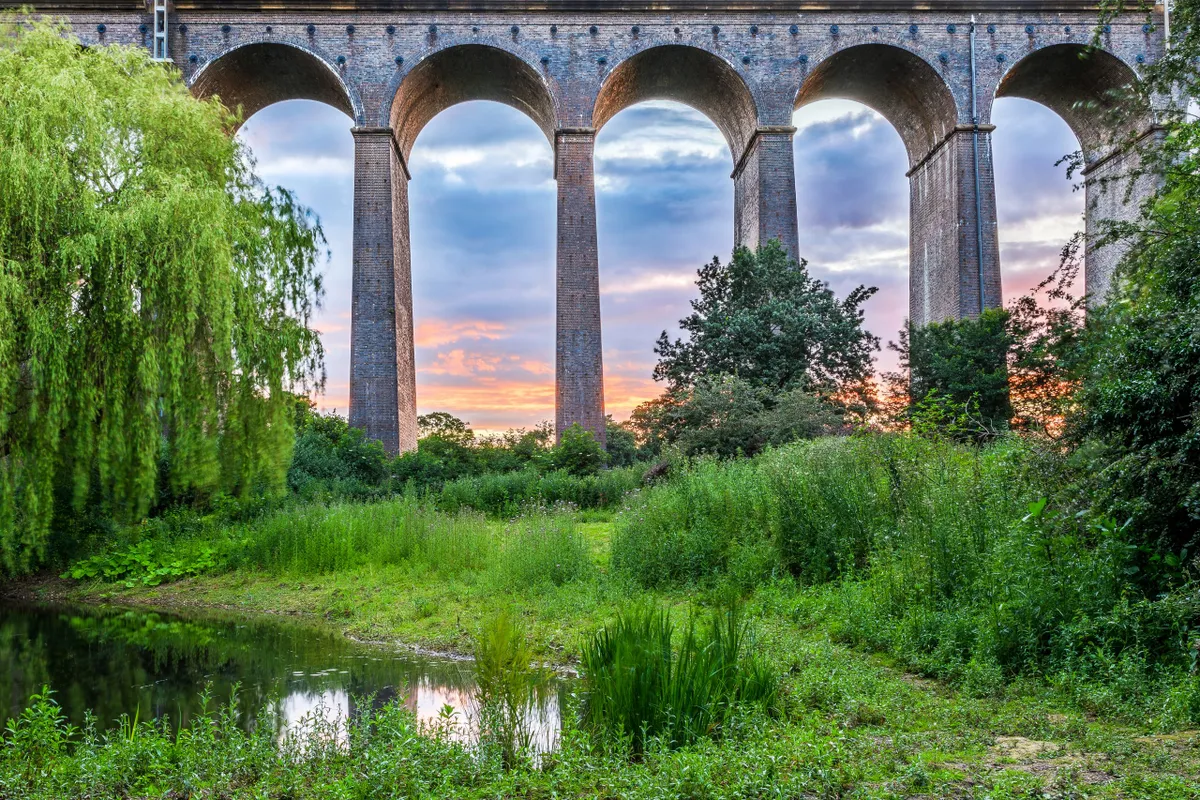Established back in 1920, Welwyn Garden City grew out of the vision of Londoner Ebenezer Howard. The urban planner’s desire to form a joyous union between town and country – an aspiration shared by many to this day – was eventually realised under the guidance of master planner Louis de Soissons.
Our historic guide to garden cities in the UK looks back on 100 years since the Welwyn Garden City was founded and the impact garden cities have had on the landscape of Britain today.

What is a garden city?
Looking back, it’s easy to see how such an idea could take root. The industrial revolution had irrevocably changed Britain’s landscape and the conditions of the late 19th century were fertile soil for radical thinking. Mass urbanisation in Greater London alone saw the population grow from approximately one million in 1801 to just over six million by 1901. Accompanying this crowding was an increase in pollution and disease and, for some, a desire for a new way of life.

Howard was a stockbroker turned parliamentary reporter whose influences ranged from the anarchist prince Peter Kroptokin to the American economic theorist Henry George. Dismayed by the situation, and with a growing scepticism about government’s ability to affect change, he saw the path to social improvement as best achieved through co-operative action and collective ownership of land. At the heart of his thinking was the garden city.
This idea was laid out in his book To-morrow: A Peaceful Path to Real Reform (revised in 1902 as Garden Cities of Tomorrow). The garden city was seen as the best of both worlds; bringing together the opportunities provided by urban living (better wages, employment and recreation) with the country’s fresh air and idyllic setting. There would still be industry but it would be surrounded by a permanent belt of rural land, not the sprawling urban landscapes of the metropolis.
With some precedent set by the model villages at Bournville (for Cadbury’s staff) and Port Sunlight (for the Lever Brothers’ soap factory), the garden city went even further and hoped to offer its population both an official say in town matters and a financial stake.
Britain's first garden city
The first, and one of only two, was Letchworth Garden City, officially established in 1903 after the purchase of the Letchworth Hall estate and surrounding land near Hitchin in Hertfordshire. Developed for houses and industry, the design included wide roads, belts of parkland, low density housing and a commitment to promoting harmonious social relations.

To this day, it remains an area of the country that is well worth a visit. Not just home to The International Garden Cities Exhibition, there’s a 45-minute trail through Norton Common Nature Reserve to enjoy, as well as nearby Stotfold Watermill & Nature Reserve, Willian Arboretum and Radwell Meadows Country Park.
History of Welwyn Garden City
17 years after Letchworth came the second garden city, Welwyn. Though the post-war economic depression meant a more pragmatic approach was needed, including borrowing money from the government, enough capital was raised by Howard to purchase 590 hectares of Hertfordshire countryside close to the village of Welwyn. The site was chosen due to its proximity to London, showing a way forward to those wishing to build similar satellite towns.
On 29 April 1920 Welwyn Garden City Limited was formed. 50 houses were initially built for workmen and staff, the first of which was occupied before the end of the year. Many of Howard’s lofty ambitions didn’t come to fruition but the need to save money actually helped the ambition of uniting town and country. The areas natural environment was taken into consideration with the natural contours of the land often dictating the course followed by the roads and many existing trees were also factored in to the design (with additional planting).

The following years saw the opening of the first council houses in Elm Gardens and a steady increase in population, reaching 8,546 by 1931. More recently, The Welwyn Garden City Centenary Foundation was established in order to celebrate the area and the legacy of healthy living left by Ebenezer Howard.
How to celebrate the centenary of Welwyn Garden City?
Sadly, as with so much of current life, some centenary plans have been cancelled or postponed and it’s impossible to know how many of the events scheduled for later in the year will be able to take place. In the meantime, it’s worth keeping an eye on WGC 100’s social media channels as they take their celebrations into the virtual world.
There are also a number of newly curated walks that will be awaiting us when we’re able to venture back outside. The 20.2km / 12.5-mile Circular Walk follows a well-marked trail dotted with information about Welwyn’s rich history. Sites along the way include The Commons Local Nature Reserve, Digswell Viaduct, Brocket Hall and Lemsford Mill.

There are also walks celebrating Welwyn’s City of Trees project. These four walks highlight the natural beauty of the area, in particular the 20,000 trees lining the streets, public places and forests. One example is the 4km Sherrardspark Walk, 75% native broadleaf trees, it is rich with sessile oak and hornbeam.
So, as we all start to daydream of those spots we hope to visit as soon as we’re able, make sure to add Welwyn Garden City to your wish list.
Head over to www.wgc100.org for all the latest information and walking guides.

